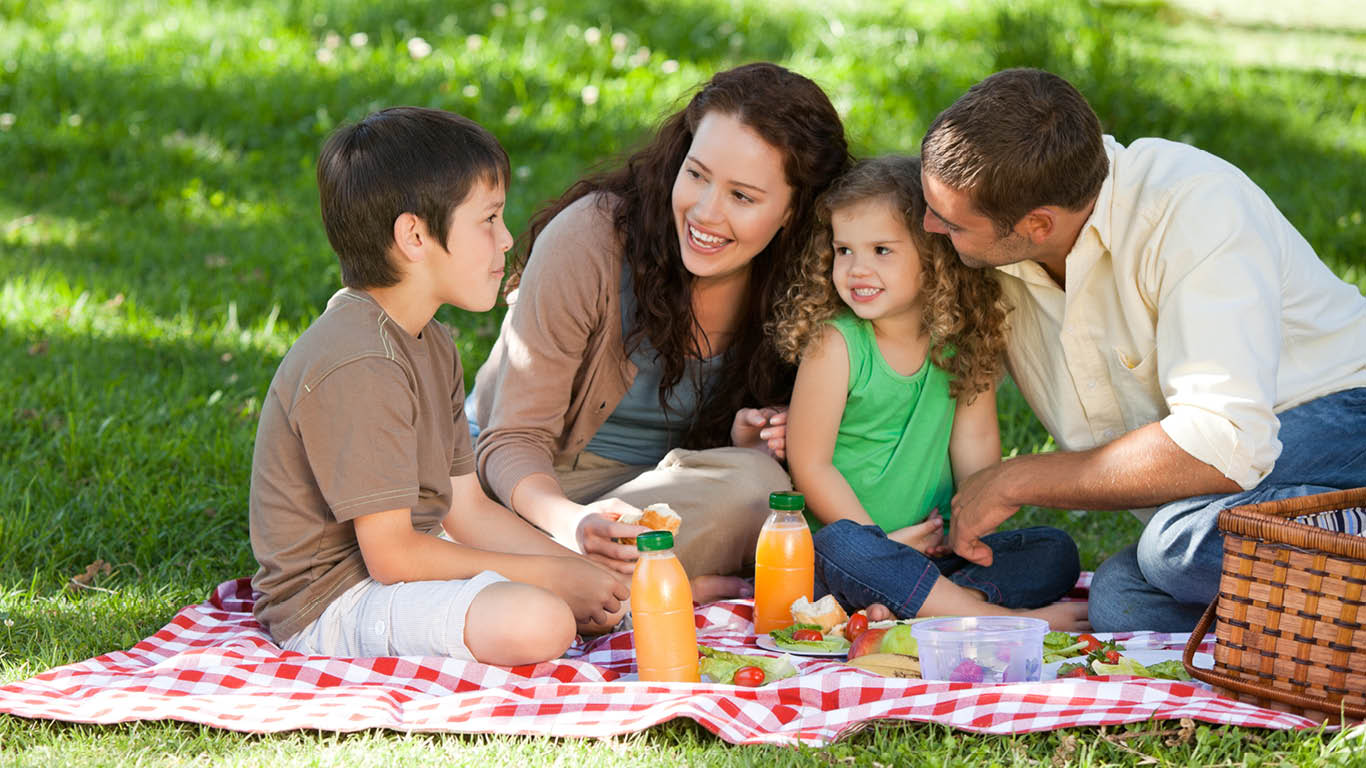
There’s a day for pretty well everything nowadays, including picnics. Luckily, we have come prepared with a basketful of picnic-related data to share. Here’s a tasty data morsel to get the picnic started: approximately one in four Canadian households picnicked or barbecued close to home in 2021.
Canadian households less likely to picnic or barbecue close to home than prior to the pandemic
We asked Canadian households what outdoor activities they participated in close to home in 2021. Just under one in four (24%) households told us they went picnicking or had a barbecue close to home, down from 29% prior to the pandemic in 2019.
Households in British Columbia (29%), Alberta (27%) and New Brunswick (26%) were Canada’s most prolific picnickers or grillers close to home in 2021, while households in Quebec (23%) and Ontario (23%) were least likely to picnic or barbecue al fresco.
Picnicking or barbecuing close to home was down in every province except New Brunswick, with the largest drops occurring in Saskatchewan (from 36% to 22%) and Prince Edward Island (33% to 25%).
Households living near a park were more likely to go on a picnic or have a barbecue
Households that had a park or public green space close to home were more than twice as likely to have gone on a picnic or had a barbecue compared with those that didn’t live near a park (26% versus 10%).
This is down slightly from 2019, when 30% of households with a nearby park went picnicking or had a barbecue compared with 14% of those households without a nearby park.
Plenty of “green” picnic site possibilities in Canadian cities
The great thing about picnicking is that all you really need is a level patch of grass or ground to lay a blanket on and some nature to admire while eating.
In the summer of 2023, just under three quarters (74.1%) of the land area of Canada’s largest 1,016 cities and towns were classified as green, up from 72.1% in the summer of 2022.
“Urban greenness” is a measure that assesses the condition of vegetation in an urban landscape. Vegetation contributes to more livable, beautiful communities by helping to clean the air, moderate the local climate, control water flow and provide habitats for wildlife, including mammals, insects and birds.
According to satellite imagery analysis, Kanata in Ontario, Saint-Jérôme and Gatineau in Quebec, and St. John’s in Newfoundland and Labrador were the greenest large urban centres in the summer of 2023, with all four topping 90%.
Be careful not to get sunburned
Another pre-pandemic study found that, on a typical summer day off, between 11 a.m. and 4 p.m., just over half of Canadians (54%) spent less than two hours in the sun.
Among people who spend at least 30 minutes in the sun, women were roughly twice as likely as men to use sunscreen on their face (63% versus 29%) or their body (51% versus 26%), while men were more likely than women to wear a hat (50% versus 27%).
Approximately one in three Canadians reported getting a sunburn in 2017, with men more likely than women to report getting burned.
Don’t forget the basket
Our detailed international trade data search engine drills right down to the wicker basket level.
Most of the bamboo baskets imported into Canada in 2023 hailed from China ($1.7 million), with Vietnam ranking a distant second ($373,797).
Meanwhile, Indonesia was the top source country of rattan basket imports ($649,287), followed closely by Vietnam and China.
However, while we do not ask if the wicker baskets are of the picnic variety, it is likely that some have been designed or used for this purpose.

StatsCAN app
Did you know you can read StatsCAN Plus articles and more on the StatsCAN app? If you’re already using the app, let us know what you think by leaving a review in the App Store and Google Play.
Contact information
For more information, contact the Statistical Information Service (toll-free 1-800-263-1136; 514-283-8300; infostats@statcan.gc.ca) or Media Relations (statcan.mediahotline-ligneinfomedias.statcan@statcan.gc.ca).
